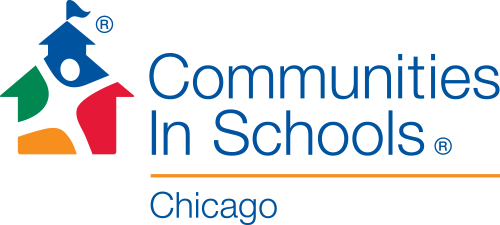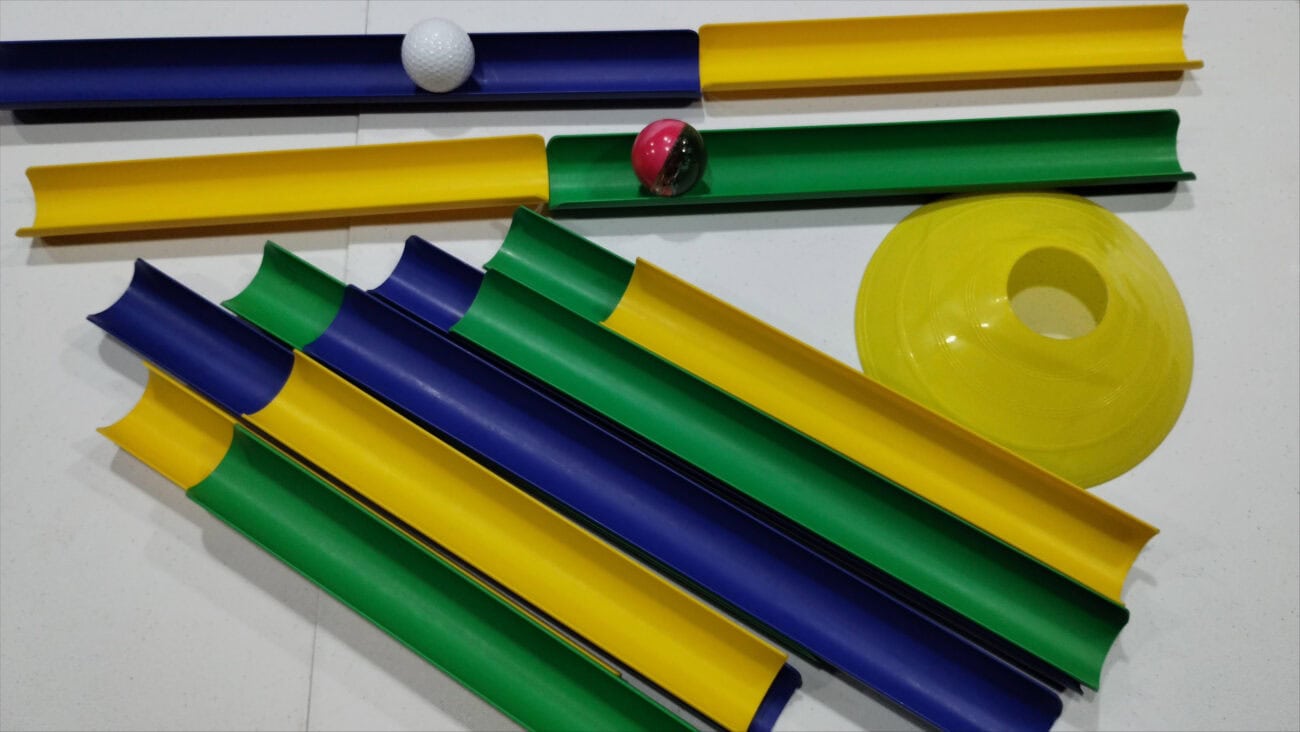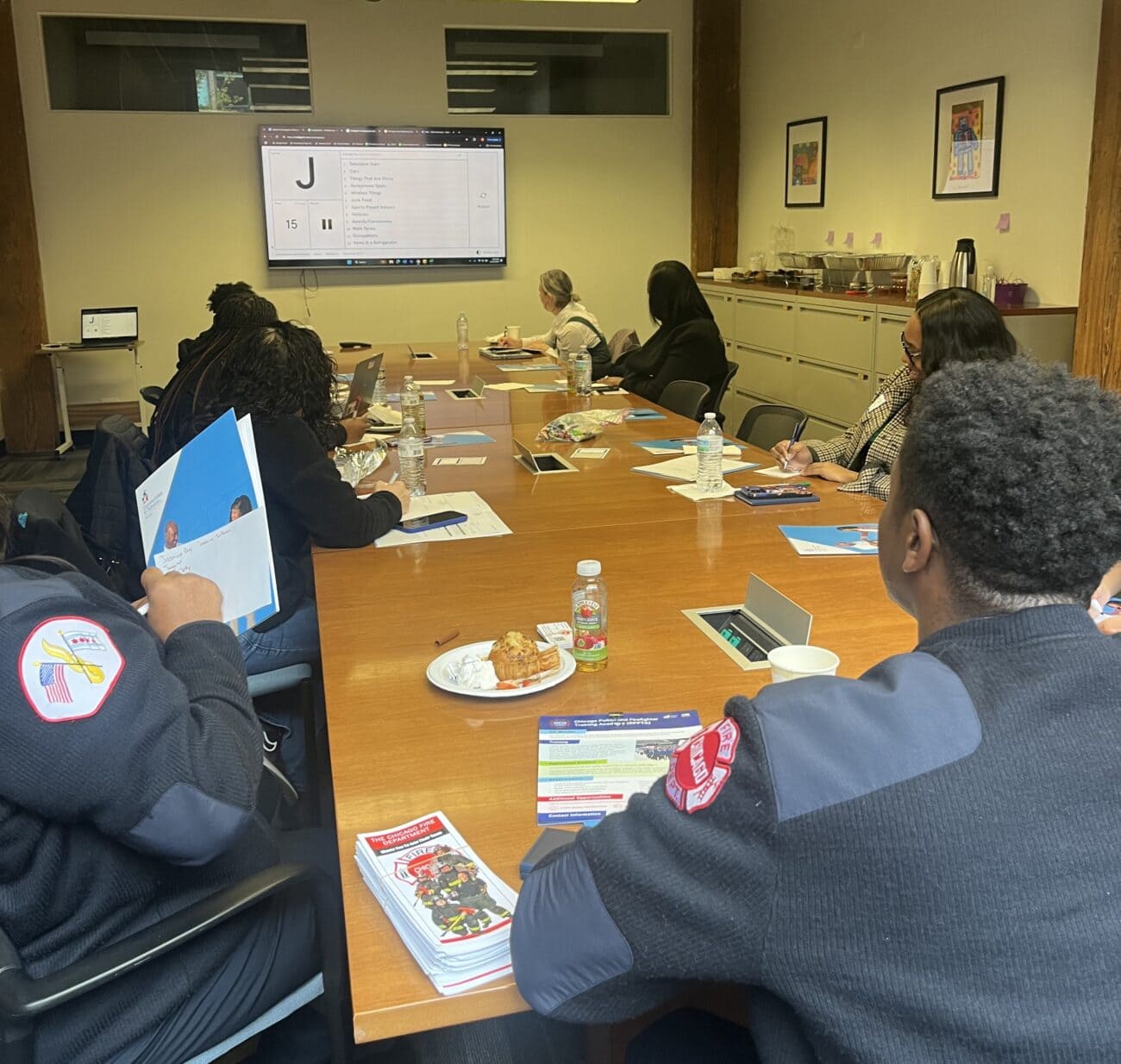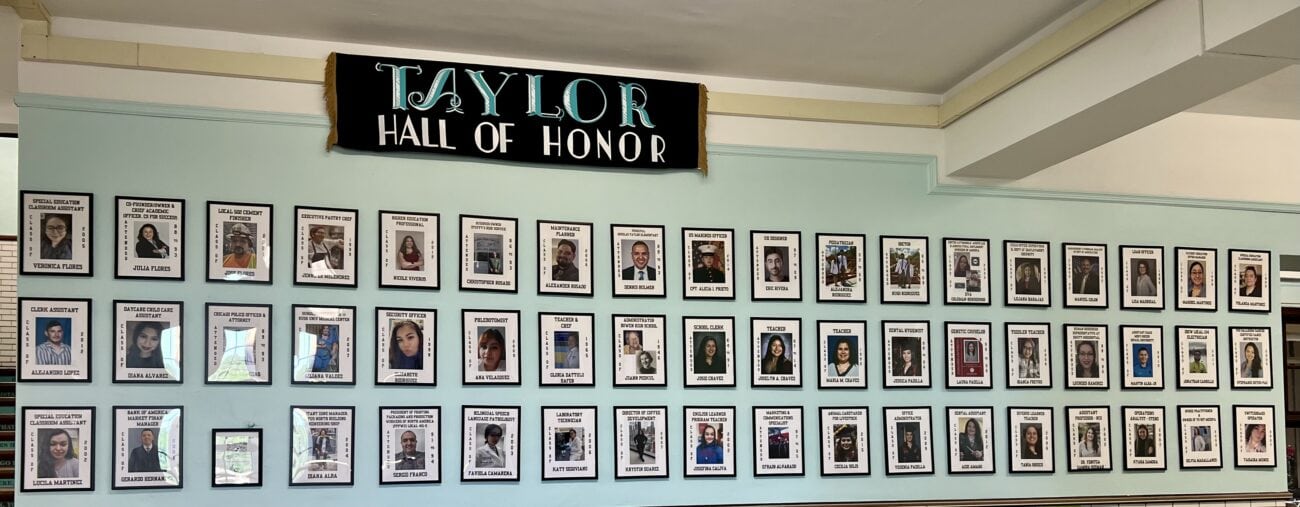When art and technology come to mind, it feels like a clash of two differing ideals. On the one hand, you have art — something fluid and dynamic, open to interpretation by the artist and the viewer. On the other hand, you have technology — a discipline seemingly structured and practical, based on scientific knowledge and intended for utilitarian purposes.
Although the two seem to be on opposite ends of the spectrum, art and technology are both important skills for today’s students to develop and in fact can go hand in hand. Think of the famous codices of Leonardo Da Vinci. Or consider this quote from Steve Jobs, in an interview with the Wall Street Journal in 2011:
“It’s in Apple’s DNA that technology alone is not enough. It’s technology married with liberal arts, married with the humanities, that yields the results that make our hearts sing.”
It’s clear that art and technology can create powerful alloy learning experiences. That doesn’t mean, though, that it’s easy for educators to pull off designing these types of learning opportunities. Teachers may have more expertise in one area, like the arts, but be less familiar with technology. Or they may not have access to the type of art and tech resources they need to create a powerful and engaging learning opportunity.
Forging collaborations between schools and community organizations is one way to help schools create learning opportunities grounded in both arts and technology. Community organizations can supplement teachers’ curriculum by offering student programming rooted in art and technology — or they can provide needed expertise on how to blend the two disciplines seamlessly together.
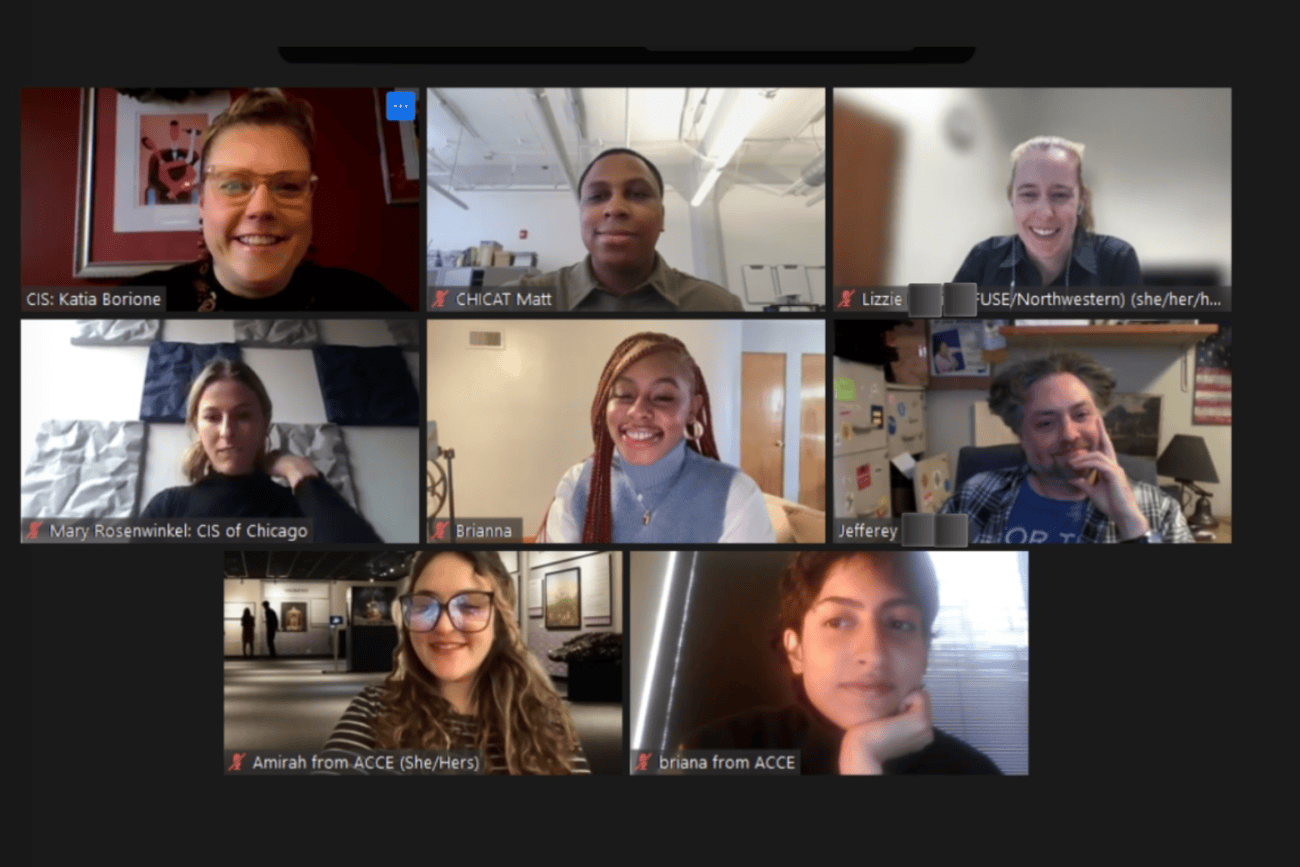
In the 2022–23 school year, CIS of Chicago’s team is working to support its network of more than 200 community organizations with practical ways they can incorporate art and technology in their programs and support schools in offering these kinds of opportunities. Most recently, CIS’ Partnership Team held its first-ever Virtual Arts & Technology Meetup, open to all CIS community partners. The training, held in December 2022, shared the possibilities of using art and technology to strengthen student offerings.
Four CIS community partners, the Abrahamic Center for Cultural Education, the Chicago Center for Arts & Technology, CodeCreate Engagement, and FUSE at Northwestern, served as panelists and shared their insights. Each partner presented how they bridge the gap between art and technology and what lessons they have learned along the way.
- The Abrahamic Center for Cultural Education (ACCE) shared how they created interactive e-learning modules and developed a virtual tour for their art gallery and resource center. According to ACCE, technology allows them to connect with audiences outside of Chicago, including those who may not have the capacity to visit the center in person.
- The Chicago Center for Arts & Technology providing training participants an inside look at their 3D Maker Lab program, which helps students develop creative thinking skills through project-based learning.
- CodeCreate Engagement shared how they inspire creativity through technical projects. Their team provides workshops like Cardboard Switching, where students construct cardboard models of buildings, animals, or machines that interface with computer programming and their own body to move or make noise.
- Finally, FUSE at Northwestern shared how they use different types of software to create authentic communities of STEAM (science, technology, engineering, art, and math) learners.
CIS community partners were engaged throughout the meetup, discussing how to increase their capacity for providing arts and technology education while also making it accessible for all Chicago students. One question that came up for attendees was “how can we affordably bring tech into the classroom?”
Partners agreed that post-COVID, virtual student programs were here to stay, but the question of equity came up many times. Attendees discussed the positives of technology — and thought critically about its potential negative impacts, like inaccessibility — but fortunately, the discussion didn’t end there.
The meetup provided partners with the opportunity to continue the conversation. One CIS partner, Storycatchers Theatre, reached out to the Chicago Center for Arts & Technology after the event to learn more about their work in animation, for example, and many partners left interested in exploring the topic — and their inner Leonardos — further.
